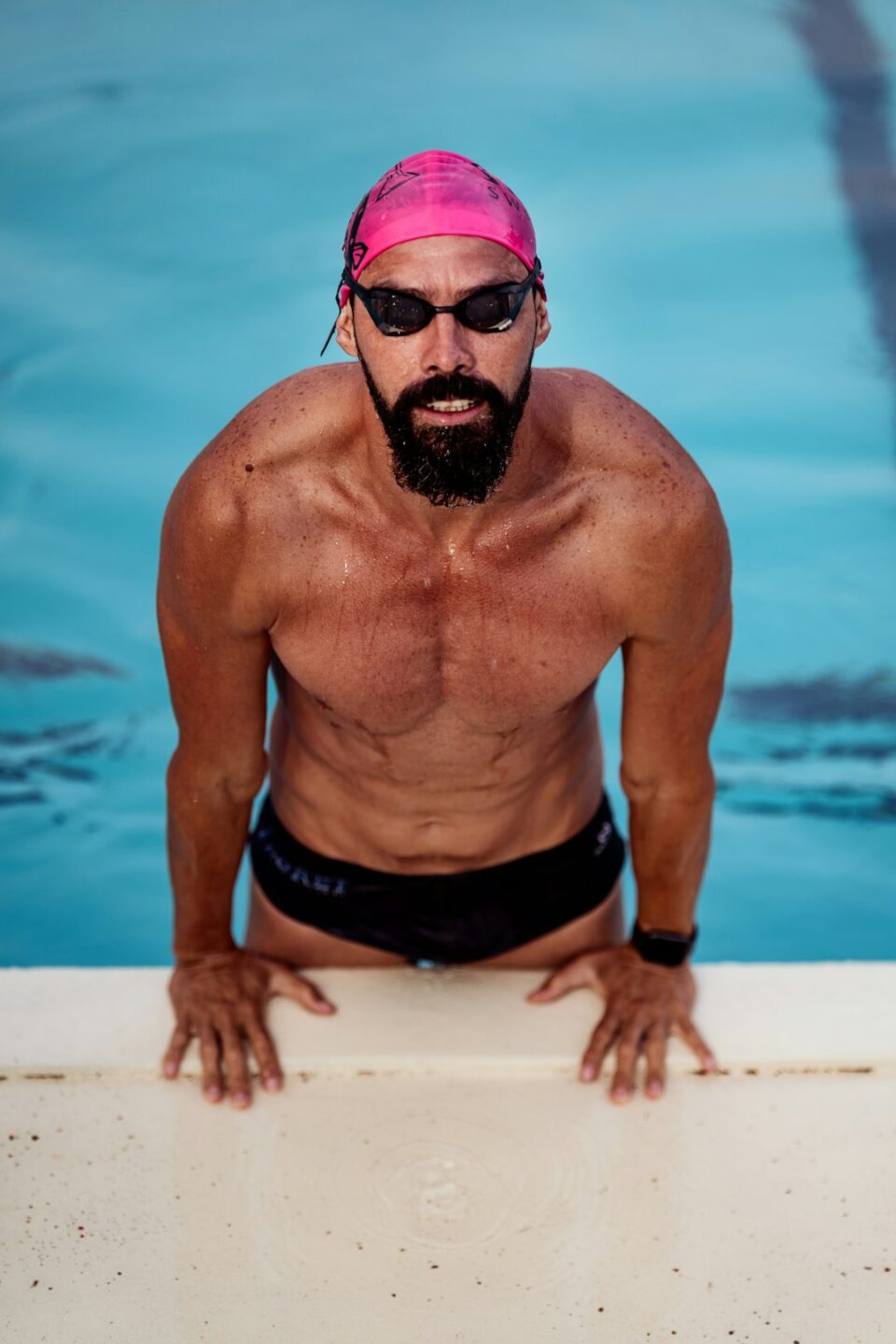Long-distance events like marathons, ultramarathons, triathlons, and long-distance cycling races require a tremendous amount of energy and endurance from the body. Proper fueling before, during, and after these events is crucial for optimal performance and recovery. In this blog post, we will discuss how to fuel your body for long-distance events to maximize your performance and achieve your goals.
Before the Event:
Fueling your body properly before a long-distance event is essential for ensuring you have enough energy to sustain your performance throughout the race. Here are a few tips to help you fuel your body effectively before the event:
1. Carbohydrates are your best friend: Carbohydrates are the primary source of energy for endurance activities. Make sure to consume complex carbohydrates like whole grains, fruits, and vegetables in the days leading up to the event. Aim to have a carbohydrate-rich meal the night before the race to top off your glycogen stores.
2. Hydrate, hydrate, hydrate: Staying hydrated is crucial for optimal performance during long-distance events. Make sure to drink plenty of water in the days leading up to the event to ensure you are well-hydrated on race day. Avoid excessive caffeine and alcohol consumption, as they can dehydrate the body.
3. Focus on protein and healthy fats: While carbohydrates should be the main focus of your pre-race meals, don’t forget to include protein and healthy fats in your diet as well. Protein is essential for muscle repair and recovery, while healthy fats can provide a sustained source of energy during endurance activities.
During the Event:
Proper fueling during a long-distance event is crucial for maintaining energy levels, preventing bonking, and avoiding dehydration. Here are some tips for fueling your body effectively during the event:
1. Stay hydrated: Dehydration can lead to a decrease in performance and increase the risk of heat-related illnesses. Make sure to drink water or sports drinks regularly throughout the race to stay hydrated. Aim to drink at least 4-8 ounces of fluid every 15-20 minutes.
2. Consume carbohydrates: During long-distance events, your body will deplete its glycogen stores quickly. To prevent bonking and maintain energy levels, consume carbohydrates during the race in the form of energy gels, bars, or sports drinks. Aim to consume 30-60 grams of carbohydrates per hour of exercise.
3. Listen to your body: Pay attention to how you are feeling during the race. If you start to feel fatigued or low on energy, it may be time to refuel. Don’t wait until you hit the wall to consume carbohydrates or hydrate – listen to your body’s signals and fuel accordingly.
After the Event:
Proper recovery after a long-distance event is just as important as fueling before and during the race. Here are some tips for refueling and recovering after a long-distance event:
1. Replenish glycogen stores: After the race, your body will be depleted of glycogen, so it’s important to consume carbohydrates to replenish your energy stores. Aim to consume a carbohydrate-rich meal within 30 minutes of finishing the race to kickstart the recovery process.
2. Rehydrate: Hydration is key to recovery after a long-distance event. Make sure to drink plenty of water or sports drinks to rehydrate and replace electrolytes lost during the race. Aim to drink at least 16-24 ounces of fluid for every pound of body weight lost during the event.
3. Refuel with protein: Consuming protein after a long-distance event is essential for muscle repair and recovery. Include a source of protein in your post-race meal, such as lean meats, eggs, dairy products, or plant-based sources like tofu or legumes.
In conclusion, fueling your body properly before, during, and after long-distance events is essential for maximizing performance and achieving your goals. By focusing on carbohydrates, hydration, protein, and healthy fats, you can ensure your body has the energy and nutrients it needs to sustain endurance activities and recover effectively. Remember to listen to your body’s signals and adjust your fueling strategy accordingly to optimize your performance and enjoy a successful long-distance event.


